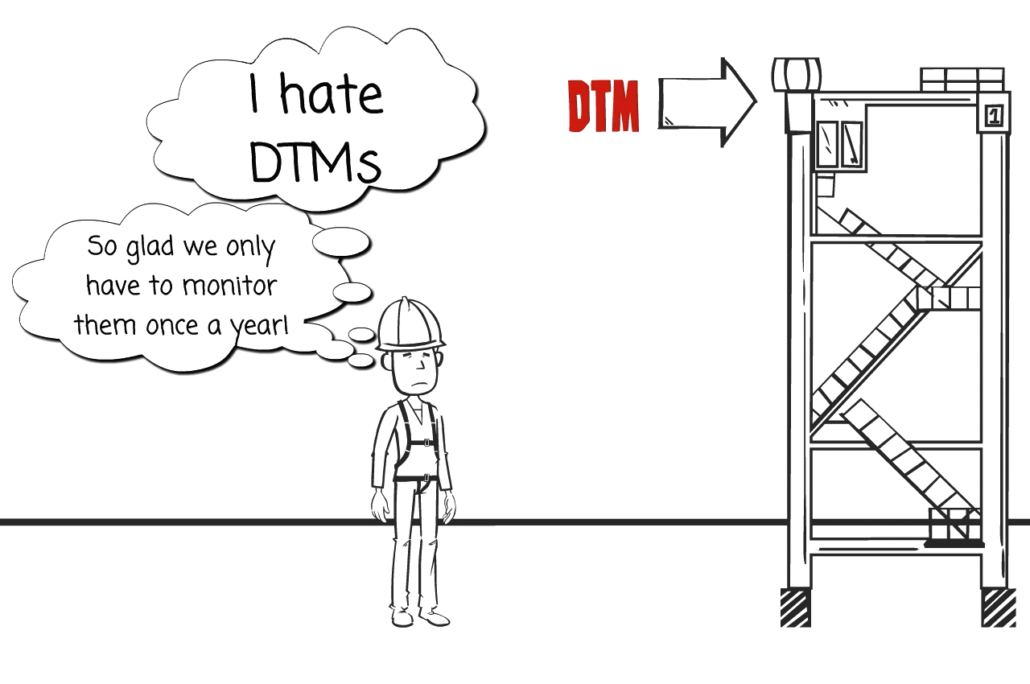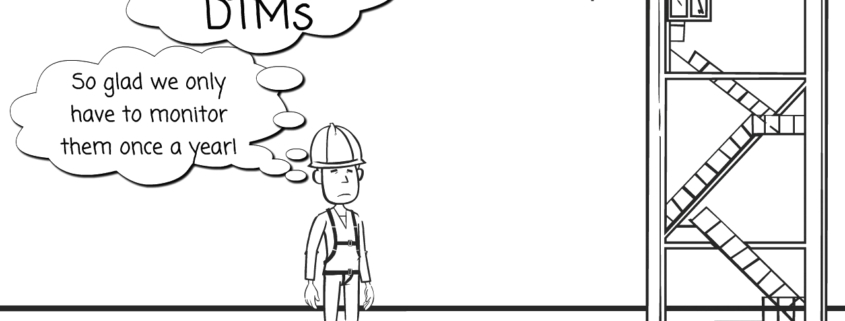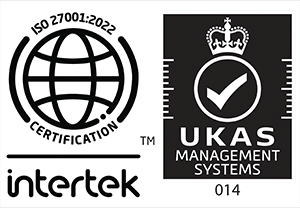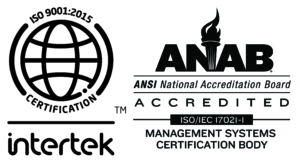If you’re working in the field of Leak Detection and Repair (LDAR), you may have heard the term “DTM” before, but are unsure of its meaning. In this blog post, we aim to clarify what DTMs are and what distinguishes them from fDTMs.

What is a DTM?
DTM stands for “Difficult to Monitor”. In its simplest form, it refers to a component that is elevated and difficult to access, which is authorized to be monitored on an annual basis instead of its normal frequency. This could be due to its height above a support surface or other reasons. A DTM component would require special access processes (such as ladder, manlift, crane, etc.) and would be grouped together with other DTMs to make the monitoring process more efficient for the technician.
But what happens when the situation is not as simple as a traditional DTM? What if the DTM component is not qualified for annual monitoring? This is where fDTMs come into play.
What is an fDTM?
An fDTM(frequencyDTM) is a component that is elevated, difficult to access, and not qualified for annual monitoring. In this case, the component is still treated as a DTM, but it is monitored at its normal frequency. This means that the technician is informed that it is a DTM, but Chateau schedules it for quarterly monitoring instead.
Why are DTMs and fDTMs important?
When setting up a database for LDAR, it’s essential to understand the distinction between DTMs and fDTMs. If your rules do not allow for DTMs to be done annually, all DTMs in your database should be classified as fDTMs to ensure they are monitored at the normal frequency.
In conclusion, DTMs and fDTMs are important concepts in LDAR that refer to elevated and difficult to access components. While DTMs are authorized for annual monitoring, fDTMs are monitored at their normal frequency due to regulations or other limitations. By understanding the distinction between DTMs and fDTMs, you can ensure that your LDAR monitoring process is efficient and in compliance with regulations.





